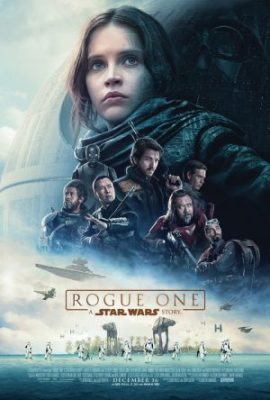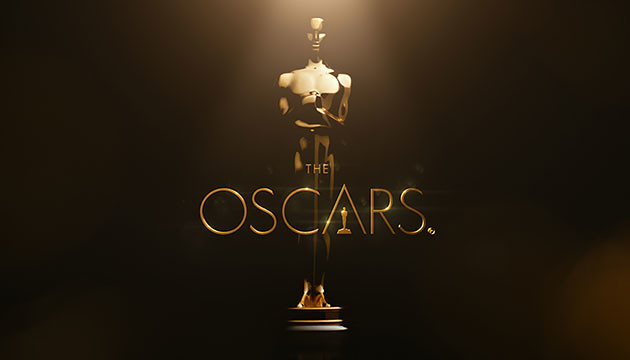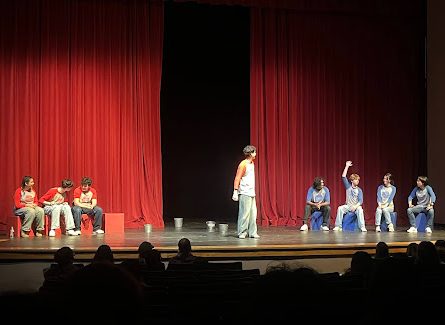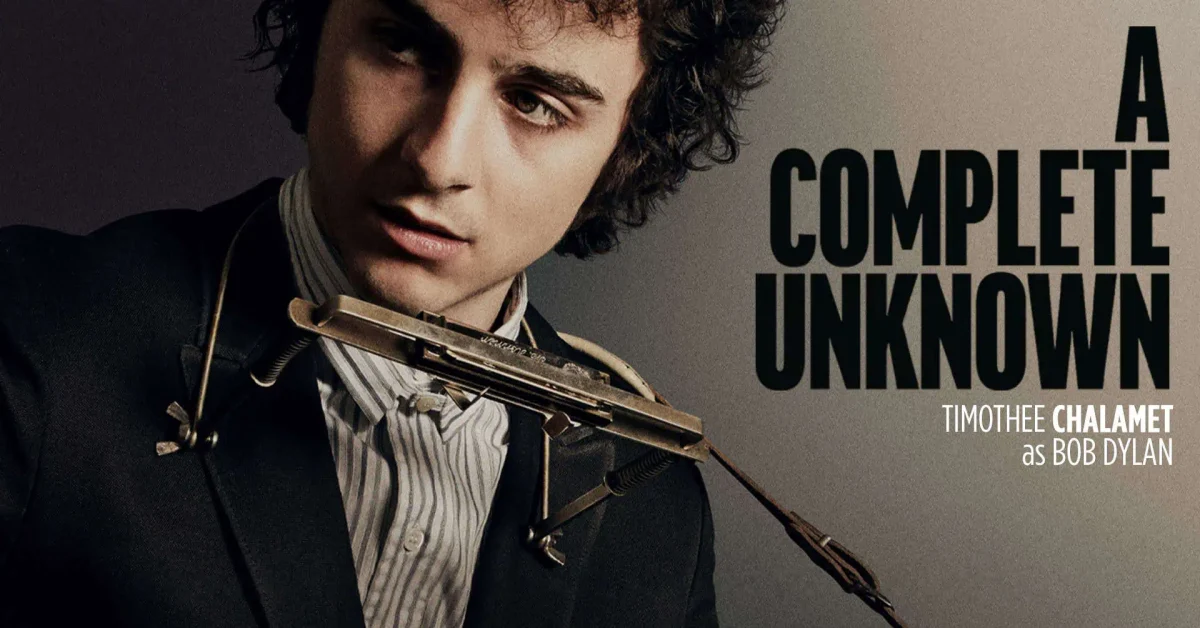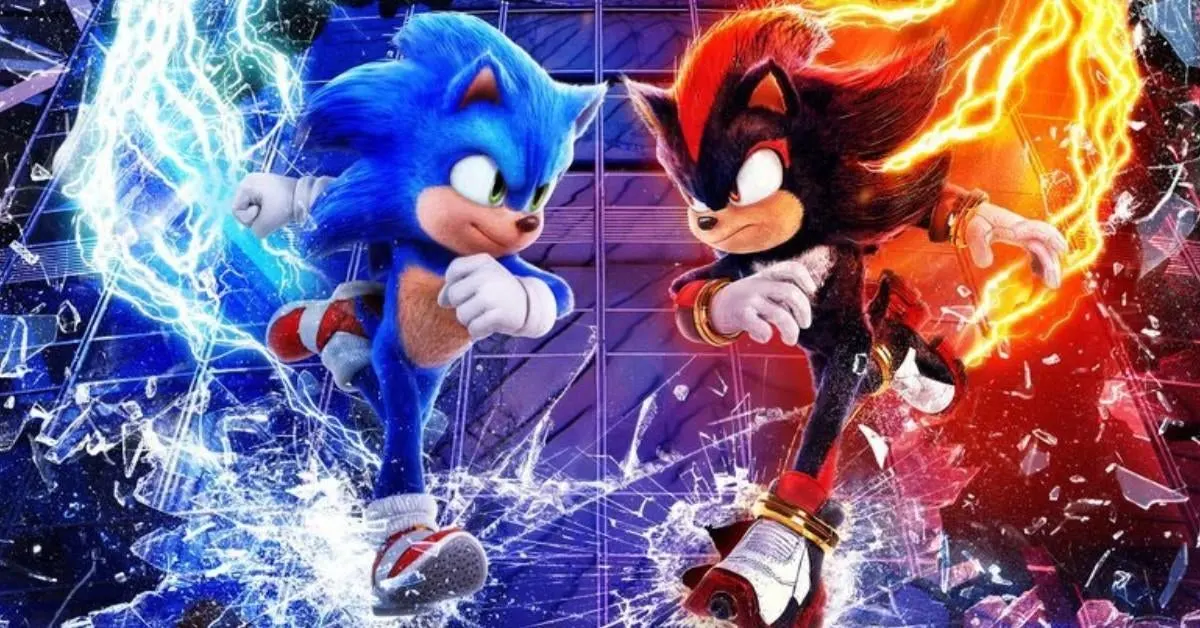
By JENSEN LIM LEONG JUN YUN
and
Staff Writers
The following article contains minor spoilers.
Rogue One: A Star Wars Story is the first anthology film of the Star Wars series and is the ninth canon film of the Star Wars franchise. It describes the story of how the Rebels gained control of the schematics to the Death Star. Taking place in between Episodes III and IV, Rogue One follows Jyn Erso’s journey in rescuing her father, who designed the Death Star and holds classified information regarding this new weapon of the Empire. Unless it was a viewer’s first time watching a Star Wars film, this film has the unique challenge of having its audience know how the series will end, thanks to Star Wars: A New Hope.
Rogue One contains a simple yet effective plot: take a ragtag group of characters and develop it to the extent that viewers somewhat care about its actions. Jyn Erso, played by Felicity Jones, fulfills this purpose because the audience is informed of her backstory after the opening scene; however, overall, she is not very compelling due to her bland dialogue. Unfortunately, the remainder of the cast is not quite as compelling either, with the exception of K-2SO, played by Alan Tudyk, and Chirrut Imwe, played by Donnie Yen. The main issue is with Captain Cassian, another lead character who is not required to make any difficult decisions. In fact, Jyn explicitly and correctly states that he is, “no different from a Stormtrooper!” Although the producers attempt to emphasize Cassian’s personal struggle through his failed assassination, Cassian essentially takes orders from other Rebels for the remainder of the movie. As a character with much potential and an exciting persona, it is unfortunate that Cassian is given little development through the storyline.
Why does the character of K-2SO work? Because he is a droid, most of his backstory is implied and understood. Not to mention, his personality and lines are just delightful. If we could understand R2-D2, K-2SO would likely say things very similar to R2-D2. Donnie Yen’s unique character shines and distinguishes himself from the other characters. His personal goal is to become closer to the Force instead of trying to defeat the Empire. Chirrut, a spiritual man who believes in the Force, has a dynamic partnership with Baze Malbus, a former guardian of a Jedi temple; this unlikely fighting duo displays incredible balance during their action scenes and conversations. Commenting on character development, Neah Lekan (Jr.) noted that “the Erso backstory is compelling and the characters are highly relatable.”
Each actor plays his or her part fairly well. Every performance was nearly equal, but there were noticeable issues with line delivery. There was at least one line from each main character that was not comprehensible. For example, Forest Whitaker’s character, Saw Gerrera, confronts an Imperial cargo pilot and until the third viewing, I could not understand every line delivered. A couple of Felicity Jones’ lines are delivered extremely fast and do not convey the emotional impact that director Gareth Edwards was seeking. Additionally, there are three major conversational scenes in the movie: the dialogue between Jyn and the rebels, Jyn and Saw Gerrera, and Darth Vader and Director Krennic. The first of these major conversations has too many cuts, rendering it tedious and repetitive, but the third major scene, between Vader and Krennic, has better cinematography.
The inclusion of Darth Vader creates issues with the resonance of other lead characters. The inclusion of Vader and Grand Moff Tarkin makes Krennic’s inception confusing. Krennic is constantly bullied and abused by Vader and Tarkin, and thus, he is not given a scene to truly demonstrate his abilities as a villain. The notable issue is that Krennic is not threatening and does not act to distinguish himself from Vader and Tarkin. Other cinematic references are implemented smoothly. Except for one jarring cut to R2-D2 and C-3PO, small nods to A New Hope and Star Wars Rebels feel natural and have pleased many franchise fans.
Rogue One’s writing feels disorganized and that may be due to the supposed reshoots the film went through. After rewatching the teaser trailer and the first original trailer, I realized that quite a few lines and scenes were cut out. The first half of the film feels stretched, bloating the pacing, but the climax has some of the best action scenes Star Wars has had to offer. Honestly, those two minutes of Darth Vader make the movie worth the price of admission. Although Jyn, Cassian and Krennic are serviceable as main heros and villains, they are overshadowed by the more compelling side characters and the more threatening villains. In the end, the entire Rogue One squadron becomes victim to the destruction of the Death Star. Death works fairly well in this film because the audience sees the characters’ final reactions while other characters seem to go almost unceremoniously, making Rogue One feel very grounded in reality. Rogue One is enjoyable as a Star Wars fan, but its lackluster filmmaking, weak characters, mediocre line delivery and disturbing CGI Grand Moff Tarkin make it far from a perfect film.



